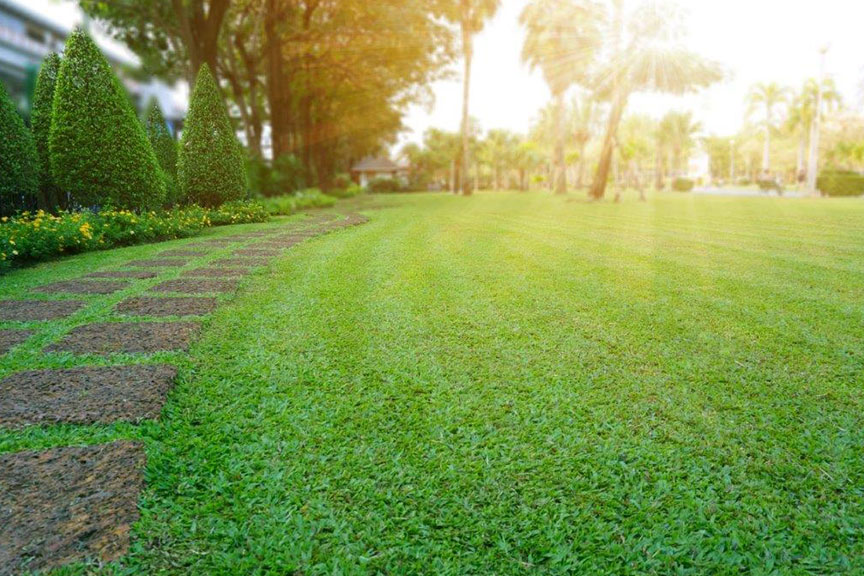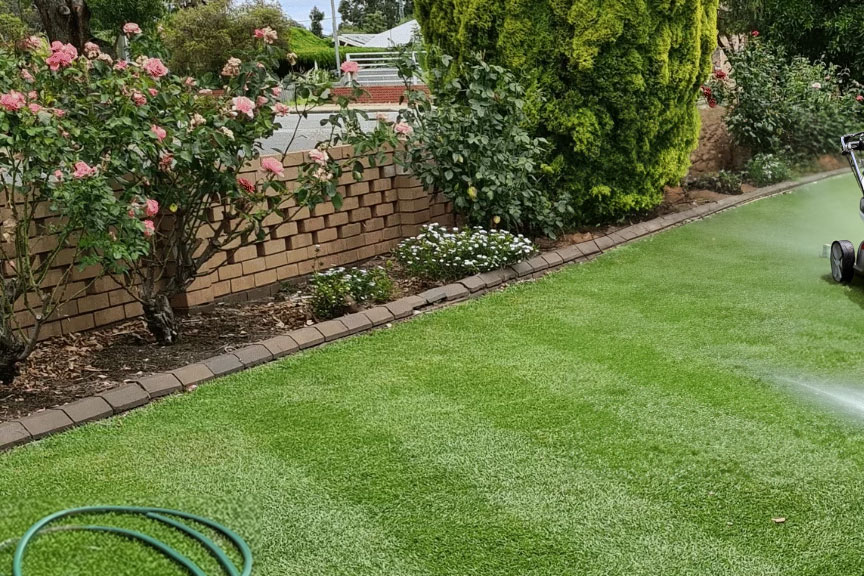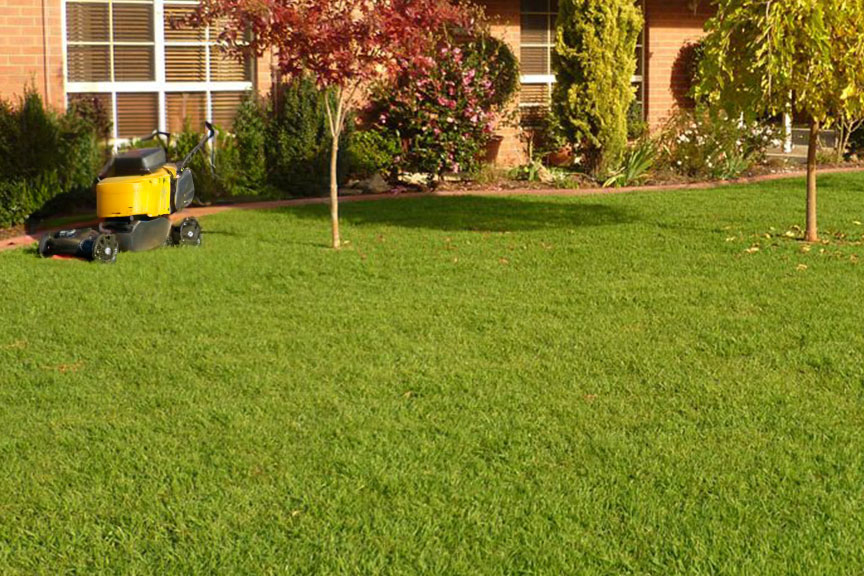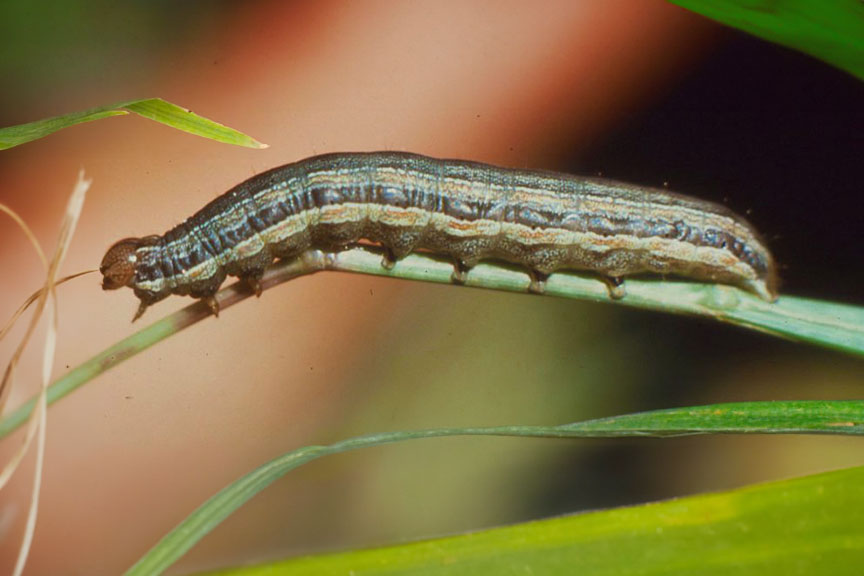
Home » Identify Kikuyu Grass Guide
Get one of our team members to give you a call to discuss your project!






Kikuyu grass boasts a distinct appearance that sets it apart from other turfgrass varieties commonly found in Australia. Its vibrant green coloration and coarse texture make it easily recognizable. When well-maintained, Kikuyu grass forms a dense carpet-like cover with upright growth, giving lawns a lush and manicured look. Its broad leaves are typically light green in color, with a slightly glossy sheen under sunlight. Additionally, Kikuyu grass produces characteristic cylindrical seed heads during its flowering season, further aiding in its identification.


One of the key characteristics of Kikuyu grass is its rapid growth rate, making it a popular choice for lawns, sports fields, and erosion control in Australia. This warm-season grass thrives in full sun and can tolerate partial shade, although its growth may become less vigorous in shaded areas. Kikuyu grass spreads aggressively through above-ground stolons and below-ground rhizomes, forming a dense mat that effectively crowds out weeds and other grass species. Its vigorous growth habit enables Kikuyu grass to recover quickly from damage caused by foot traffic, making it ideal for high-traffic areas.
While Kikuyu grass is prized for its resilience and adaptability, it requires regular maintenance to keep it looking its best. Mowing is essential to control its rapid growth and prevent it from becoming too invasive. Aim to mow Kikuyu grass at a height of around 1.5 to 2 inches to promote healthy growth and discourage thatch buildup. Regular watering is also important, especially during periods of drought, to keep the grass green and thriving. However, be mindful not to overwater, as Kikuyu grass is drought-tolerant once established and can withstand short periods of water scarcity.


One of the defining features of Kikuyu grass is its remarkable adaptability to various environmental conditions. Whether you reside in the humid coastal regions of Queensland or the arid inland areas of Western Australia, Kikuyu grass can thrive in a wide range of climates and soil types. It exhibits excellent tolerance to heat, drought, and saline soils, making it a resilient choice for landscaping projects across the country. Additionally, Kikuyu grass is capable of withstanding heavy foot traffic and recovering quickly from wear and tear, making it an ideal option for residential lawns, parks, and recreational areas.
Another advantage of Kikuyu grass is its natural resistance to weeds and pests, reducing the need for chemical herbicides and pesticides. Its dense growth habit and vigorous spreading nature create a hostile environment for weed establishment, helping to keep lawns free from unwanted intruders. Additionally, Kikuyu grass exhibits resistance to common turf pests such as armyworms, sod webworms, and nematodes, further enhancing its appeal as a low-maintenance turfgrass option.

A View Turf